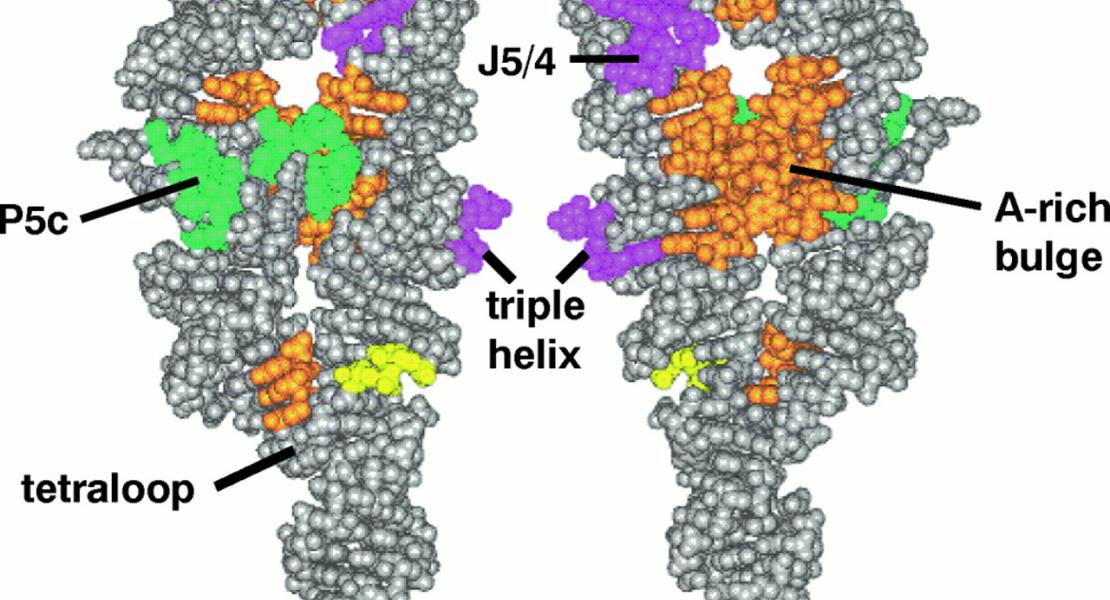A structure-based mechanism for tRNA and retroviral RNA remodelling during primer annealing

Abstract
To prime reverse transcription, retroviruses require annealing of a transfer RNA molecule to the U5 primer binding site (U5-PBS) region of the viral genome1,2. The residues essential for primer annealing are initially locked in intramolecular interactions3–5; hence, annealing requires the chaperone activity of the retroviral nucleocapsid (NC) protein to facilitate structural rearrangements6 . Here we show that, unlike classical chaperones, theMoloney murine leukaemia virus NC uses a unique mechanism for remodelling:it specifically targets multiple structured regions in both the U5-PBS and tRNAPro primer that otherwise sequester residues necessary for annealing. This highspecificity and high-affinity binding by NC consequentlyliberates these sequestered residues—which are exactly complementary—for intermolecularinteractions. Furthermore, NC utilizes a step-wise, entropydriven mechanism to trigger both residue-specific destabilization and residue-specific release. Our structures of NC bound to U5-PBS and tRNAPro reveal the structure-based mechanism for retroviral primer annealing and provideinsights as to howATP-independent chaperones can target specific RNAs amidst the cellularmilieu of non-target RNAs.
